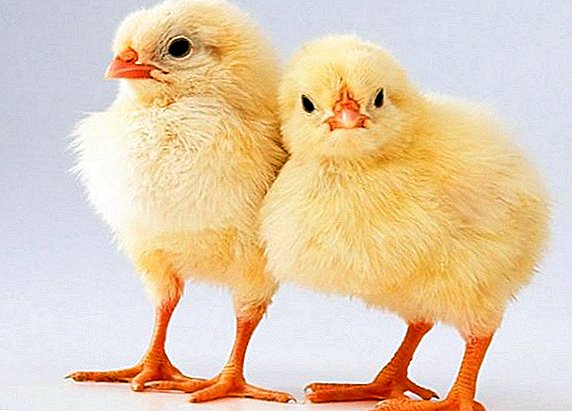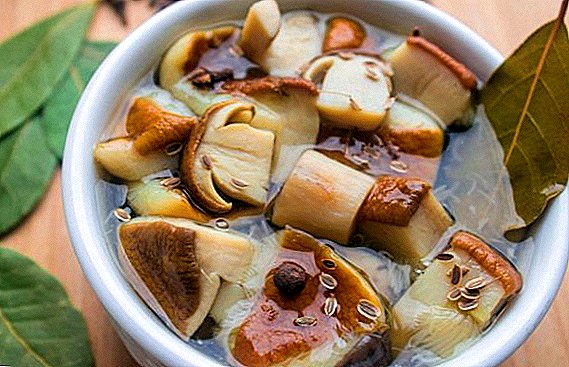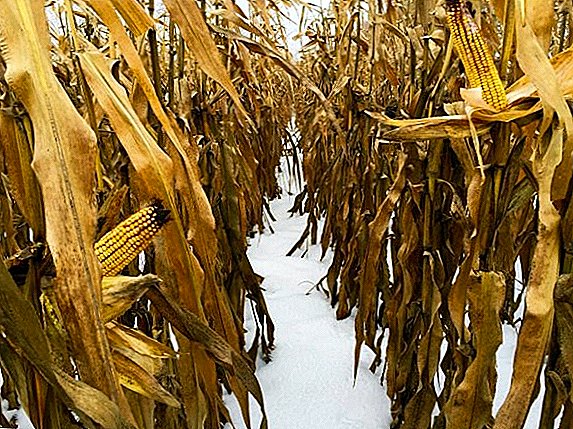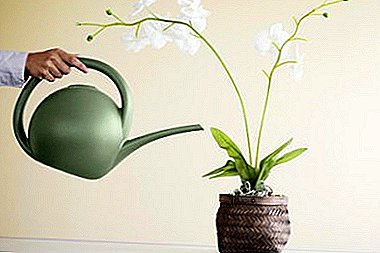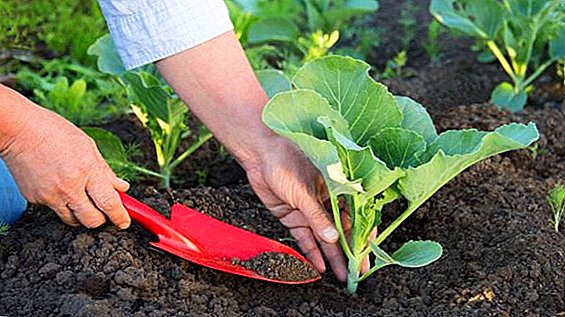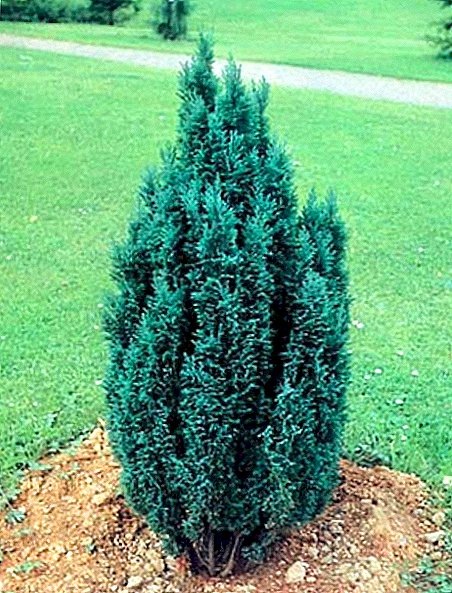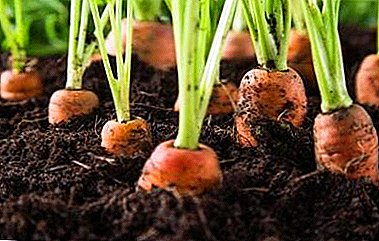
Every gardener wants to grow a rich harvest with a large root crop and excellent taste, grown crops.
You can use both industrial and folk methods for fertilizing carrots. There are a great many types of top dressing and fertilizers and one of them is carrot yeast fertilizer.
In this article we will take a detailed look at why, how many times and how it is necessary to feed carrots with the help of yeast.
Is it even possible to feed the yeast solution?
Yes, in some cases, opinions differ. Yeast favorably affects a huge number of crops due to the fact that they stimulate improved root formation, as well as the immunity of vegetables takes off.
For what and when is it done?
 Feeding with yeast must be carried out three times per season.: Immediately after the carrot has risen in the open ground to influence acceleration, three weeks after germination and closer to the middle of August.
Feeding with yeast must be carried out three times per season.: Immediately after the carrot has risen in the open ground to influence acceleration, three weeks after germination and closer to the middle of August.
In order not to be mistaken, you can water it with a solution of yeast once a month. The main role of such feeding in the early stages is carried out to accelerate growth.
When activated, fungi, there is a release of substances that stimulate the rapid growth of the roots and the top of the carrot. Do not feed yeast in cold or cool weather, as this interferes with fungal activity. Prepare the wood ash for joint feeding.
What are yeast fungi?
Yeast is an activator that stimulates the vital activity of soil microflora. Yeast fungi affect plant growth and the breakdown of organic matter, and also allows you to accelerate the decomposition of compost and humus. Fungi secretions contain phosphorus and nitrogen, which are necessary for lush foliage and excellent root crops.
Yeast fungi absorb a sufficient amount of trace elements. Among them: potassium and calcium. It is necessary to use several types of fertilizers to fill the missing items.
Pros and cons of dressing
pros
- An excellent form of the root - carrots are lush and stronger.
- Activation of soil bacteria that process organic matter.
- Both fertilizer and yeast can be prepared independently.
- If you overdo it with the amount of yeast - there will be no harm - an acceptable cost, unlike industrial fertilizers.
Minuses

- With prolonged use of top dressing, the organic composition of the soil is depleted.
- Difficulty in digging up the soil.
If you notice that the carrot leaves are weak, pale or yellowed, this indicates that the plants lack potassium.
If the tops start to curl, this is a clear sign that there is not enough calcium. In both cases, yeast fertilizers should be abandoned..
In order to replenish calcium in the soil, you need to use top dressing from ash or eggshell.
Fertilizer preparation
In order to fertilize the bed with yeast, in advance, it is necessary to fertilize the soil with humus, compost and other similar fertilizers so that there is no depletion of the soil. Before feeding, it is fresh yeast, you need to form carrot grooves, so that it is more convenient to water the fertilizer.
Instructions for the preparation of solutions for different recipes
For the preparation of solutions you need to have available:
- bucket;
- watering can;
- spoon with a long handle (for mixing the solution).
For feeding carrots fit both dry and fresh yeast.
Dry powder
10 liters of warm water (a little warmer than room temperature, but not hot) 10 grams of yeast and 2 tbsp. Sahara. Insist a few hours, after which you need to mix 0.5 liters of the composition with 10 liters of water. The solution is ready for watering.
From fresh product
We place in a container with 10 liters of warm water 1 kilogram of fresh yeast and 2 tbsp. l sugar sand. It is necessary to mix 0.5 liters of the composition with 10 liters of water and immediately water the beds. No need to insist.
With the use of nettle and ash

- Fill half of the bucket with fresh, chopped nettle.
- Pour warm water and insist week in a warm room.
- A week later, add a pack of dry yeast and 0.5 kilograms of ash.
- Insist another week periodically mixing the solution.
- Next, the mixture is filtered and for irrigation add 1 liter of solution to 10 liters of water.
This solution will help replenish stocks of calcium and potassium.
Time to deposit
It is best to feed yeast in the evening. Watch for moderate air temperature (not fertilized in the heat), as well as to avoid wind and rain.
How to make?
Watering carrots is best from a watering can with a spout. If the solution from dry yeast can be distributed over the whole bed, then the solution from live yeast should be applied exclusively along the grooves or to the very base of the rhizome of the carrot.
Possible mistakes
The maximum amount of feeding yeast only 3 times per season. Even with the normal use of such a fertilizer, alternative methods should be used together. The most disastrous consequence of yeast overdose is soil depletion.
Also, with an excess of nutrients, there is a violation of the processes in the life of the plant. Bait with the addition of yeast gives us substances such as nitrogen and phosphorus. To determine the poisoning of plants with these substances is very easy.
Nitrogen
Excess nitrogen can be recognized visually.. The tops of the carrots look overpowerful and strong, and the color becomes dark green. The period of ripening and harvesting is slowed down. The shape and taste of fruits deteriorate. Also increases the risk of plant diseases fungal infections.
Phosphorus
 The plant becomes non-uniform color. Leaves may turn yellow or get a spotty color. Falling, breaking of leaves. The shortage of water quickly becomes noticeable.
The plant becomes non-uniform color. Leaves may turn yellow or get a spotty color. Falling, breaking of leaves. The shortage of water quickly becomes noticeable.
To eliminate the effects of soil depletion, need to use additional fertilizers to prevent the lack of potassium and calcium. To achieve the desired effect, fertilize with yeast solution can be combined with the ashes.
To rid the plant of excess nitrogen or phosphorus, requires abundant watering of plants (up to 12 - 15 liters per 1 sq. M.). Abundantly water the poisoned plant just enough once.
Top dressing with yeast gives not only a rich, but also an environmentally friendly harvest.that is important when choosing fertilizer. With proper care, it is possible to get excellent fruits with minimal costs.


